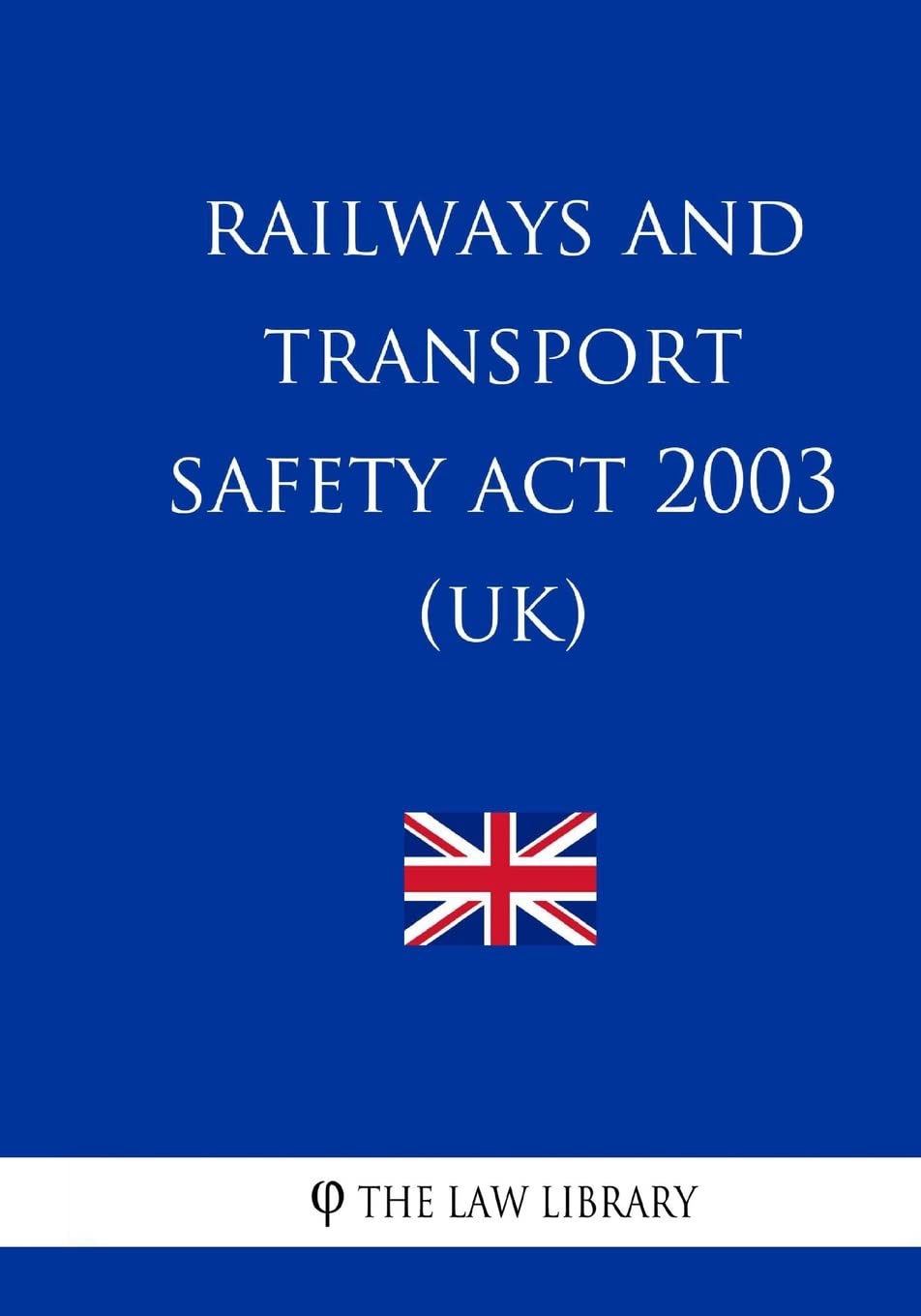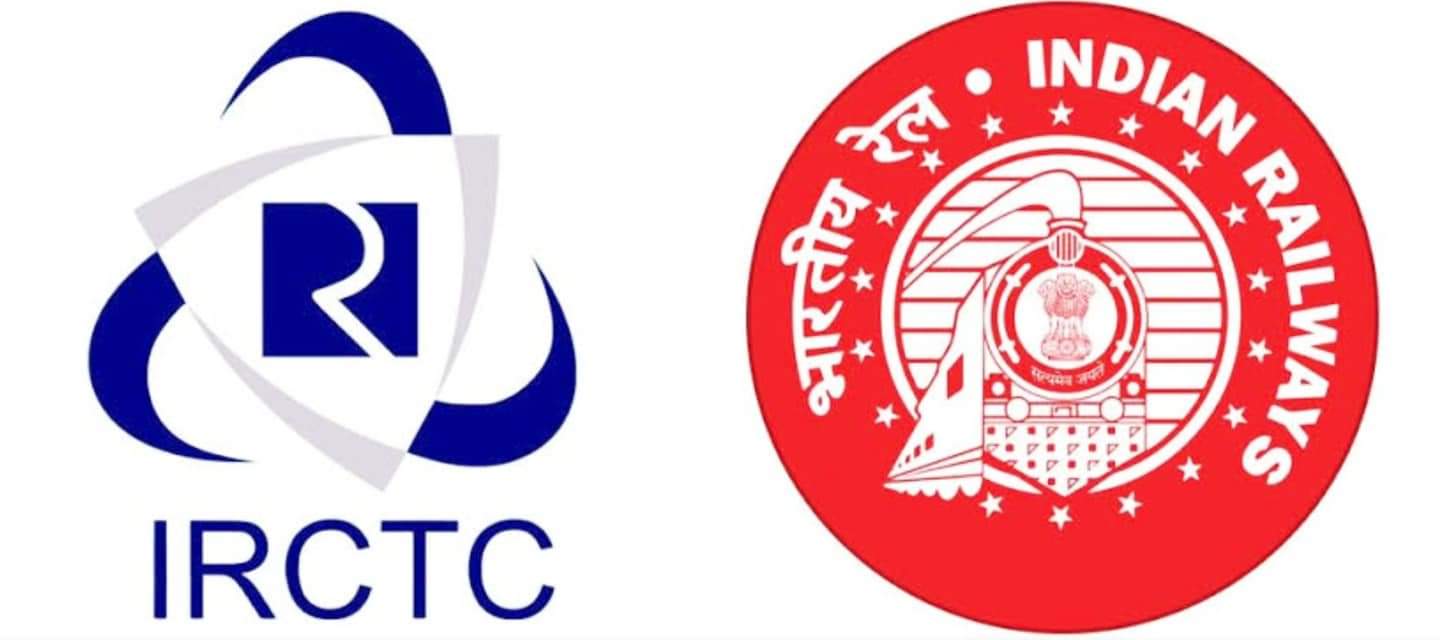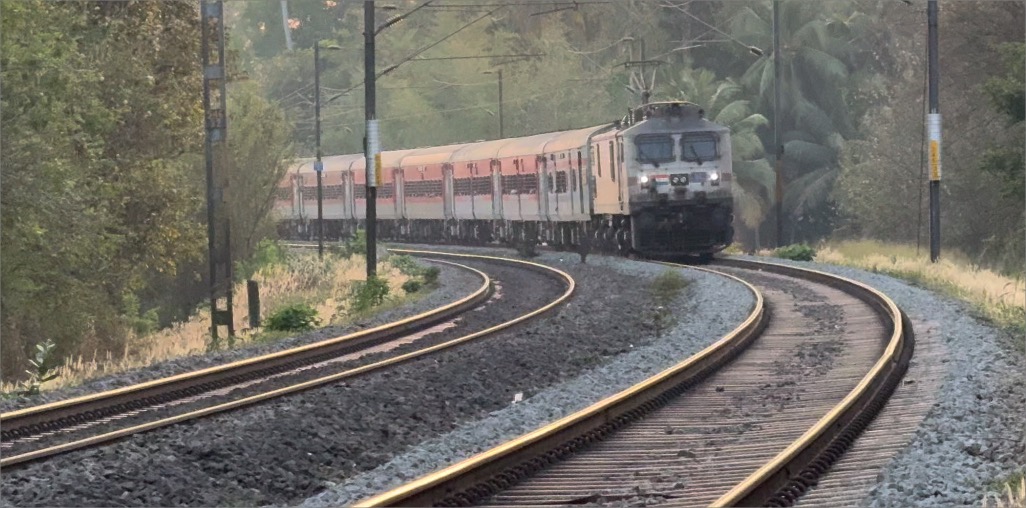Railway systems serve as the lifeline of transportation in numerous countries worldwide. To maintain public safety and regulate the operations of these vital networks, governments enact legislation specifically focused on railway and transport safety. In this article, we will delve into the Railways and Transport Safety Act 2003, examining its purpose, key provisions, and recent examples of its application in UK.
Understanding the Railways and Transport Safety Act 2003
The Railways and Transport Safety Act 2003 is a significant piece of legislation in UK, governing the safety standards and regulations for the railway industry. It was enacted to ensure the secure and efficient operation of railways, thereby safeguarding the interests of passengers, employees, and the general public.
1. Purpose of the Act:
The primary objective of the Railways and Transport Safety Act 2003 is to establish a comprehensive legal framework to promote safety and prevent accidents in railway operations. By implementing stringent safety measures and protocols, the Act aims to reduce risks, enhance infrastructure and rolling stock safety, and maintain the overall integrity of the railway network in UK.
2. Key Provisions of the Act:
a) Safety Management Systems: The Act requires railway operators to develop and implement Safety Management Systems (SMS) that encompass safety policies, risk assessments, and procedures to mitigate hazards. This provision ensures that safety is ingrained into the core operations of railway companies.
b) Incident Reporting and Investigation: The Act mandates the prompt reporting and thorough investigation of accidents, incidents, and near-misses within the railway industry. It establishes a clear process for reporting, investigating, and analyzing incidents to determine their root causes, enabling the implementation of preventive measures.
c) Infrastructure and Rolling Stock Standards: The Act sets specific safety standards for railway infrastructure, including tracks, bridges, tunnels, and level crossings. It also addresses the safety requirements for rolling stock, such as locomotives, coaches, and freight wagons, to ensure they meet the necessary safety criteria.
d) Certification and Licensing: The Act establishes a certification and licensing system for railway operators, ensuring that they meet the prescribed safety standards and comply with operational requirements. This process includes safety audits, assessments, and regular inspections to verify compliance.
e) Emergency Preparedness: The Act mandates that railway operators develop comprehensive emergency preparedness plans, detailing procedures for responding to emergencies, ensuring passenger safety, and coordinating with relevant authorities during crisis situations.
3. Recent Examples of Application:
UK has actively implemented the Railways and Transport Safety Act 2003, resulting in tangible improvements in railway safety. Recent examples demonstrate its effectiveness:
a) Implementation of Advanced Signaling Systems: The Act prompted the adoption of advanced signaling systems, such as Automatic Train Protection (ATP) and Positive Train Control (PTC), in UK’s railway network. These systems help prevent collisions, overspeeding, and other incidents by automatically controlling train movements.
b) Enhanced Safety Training Programs: Railway companies have prioritized safety training programs for their employees, in line with the Act’s provisions. These programs cover areas such as emergency response, first aid, safe work practices, and the proper handling of hazardous materials.
c) Proactive Safety Inspections: Regulatory authorities have conducted regular safety inspections and audits of railway infrastructure, focusing on tracks, signaling systems, and level crossings. This proactive approach ensures that potential hazards are identified and addressed promptly.
d) Robust Incident Reporting and Investigation: The Act’s emphasis on incident reporting and investigation has led to improved reporting systems, allowing for the collection of comprehensive data on incidents and near-misses. This data serves as a valuable resource for analysing trends, identifying risk areas, and implementing preventive measures.
The Railways and Transport Safety Act 2003 in UK plays a crucial role in ensuring the safety and security of railway operations. By establishing comprehensive safety standards, promoting incident reporting and investigation, and mandating emergency preparedness, the Act prioritises the welfare of passengers, employees, and the public.
Through recent examples of its application, we have witnessed the positive impact of the Act on the railway industry in UK. The implementation of advanced signaling systems, enhanced safety training programs, proactive inspections, and robust incident reporting mechanisms all contribute to a safer and more reliable railway network.
As UK continues to evolve its transportation infrastructure, the Railways and Transport Safety Act 2003 will remain instrumental in adapting to new challenges, embracing technological advancements, and ensuring the continued safety of railway travel for all.
Hey there! 😊 We run a small YouTube channel for Roads & Rails, and we'd love your support! Now the channel features daily Rail fanning videos.. Please Hit that subscribe button to help us stay inspired and create even more exciting content. Got questions, feedback, or ideas for collaboration? We’d love to hear from you! Drop us a message at mail@roadsandrails.org. Thanks for being part of our journey!










